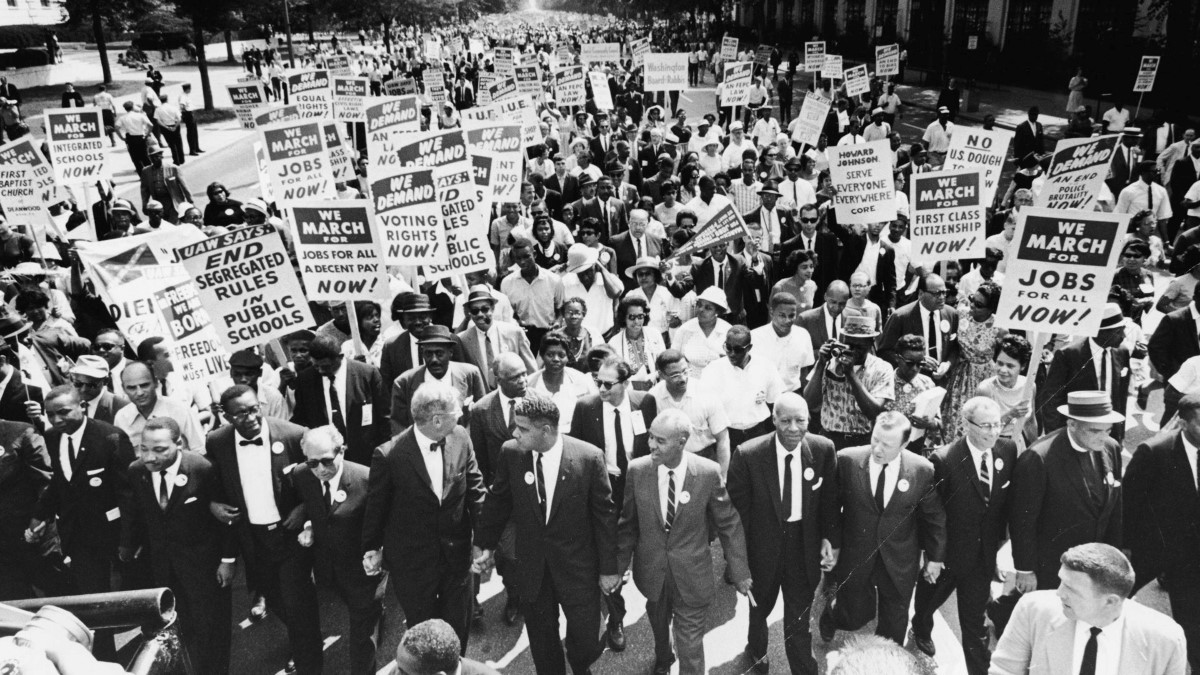A grassroots movement is a type of social or political campaign that emerges naturally and spontaneously from a community or group of individuals. It’s characterized by its bottom-up approach, where the action and ideology are driven by the constituents and ordinary citizens, rather than being imposed or orchestrated by external entities with power, such as governments, corporations, or other influential organizations. The term “grassroots” itself is a metaphor, implying something that grows from the ground up, naturally and organically.
Grassroots movements are typically driven by a shared concern or passion among members of a community. They often begin with small, local issues that resonate with many people. As these people come together to express their opinions, seek solutions, or advocate for change, the movement gains momentum and can sometimes spread to a regional, national, or even global scale.
Examples of Grassroots Movements:
Civil Rights Movement (1950s-1960s, United States): Perhaps one of the most famous grassroots movements, it aimed at ending racial segregation and discrimination against African Americans. It was characterized by widespread participation from community members, with leaders like Martin Luther King Jr. emerging from within the movement itself.
Arab Spring (Early 2010s): This series of anti-government protests, uprisings, and armed rebellions spread across much of the Arab world. It began in response to oppressive regimes and a low standard of living, starting with protests in Tunisia.
#MeToo Movement (2017-Present): Originating from a simple hashtag used by activist Tarana Burke and popularized by actress Alyssa Milano, this movement exploded as a global campaign against sexual harassment and assault. It gained momentum as individuals from all walks of life began sharing their stories and calling for change.
Environmental Grassroots Movements: Movements like the fight against the Dakota Access Pipeline at Standing Rock or local initiatives to clean up pollution in a community are also examples of grassroots actions. They often start small but can gain significant public support and media attention.
Grassroots movements can vary significantly in their objectives, scope, and methods. Some remain purely local, addressing specific community needs, while others grow to influence national policies or create widespread cultural shifts. They can also vary in their organization, with some being highly structured and others remaining loose networks of individuals. However, the common thread among all grassroots movements is that they are powered by the people, for the people, starting from the ground up.

